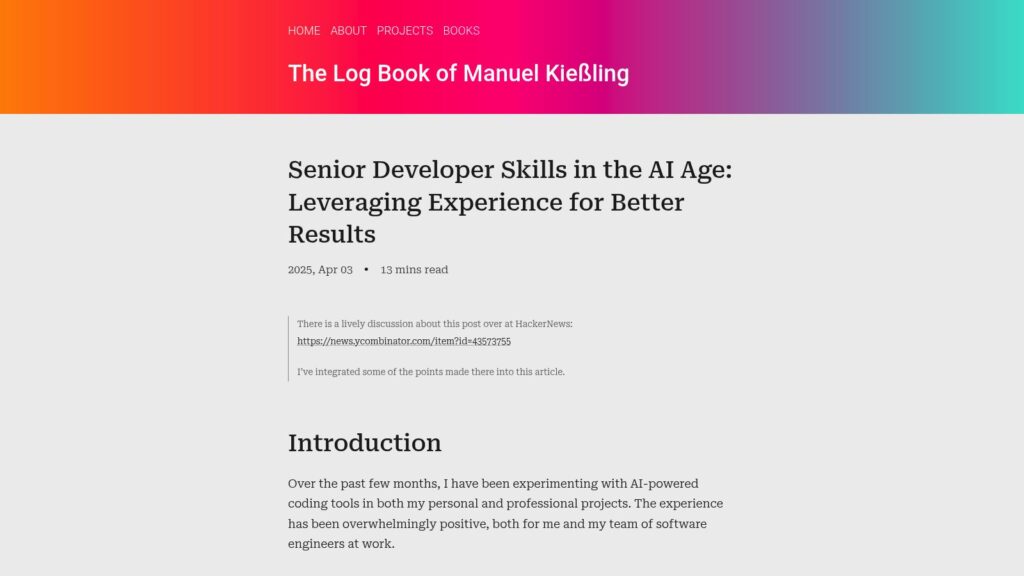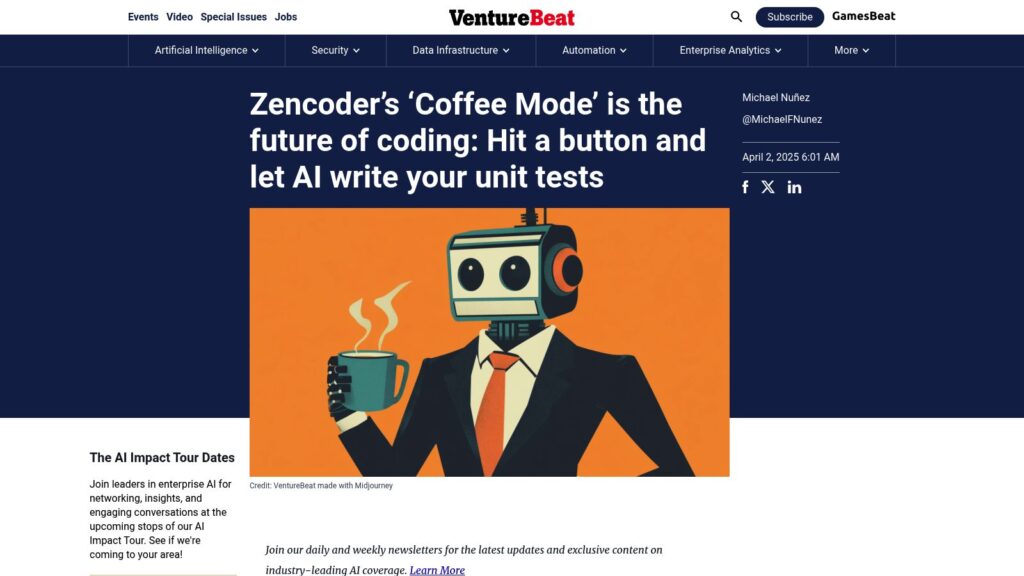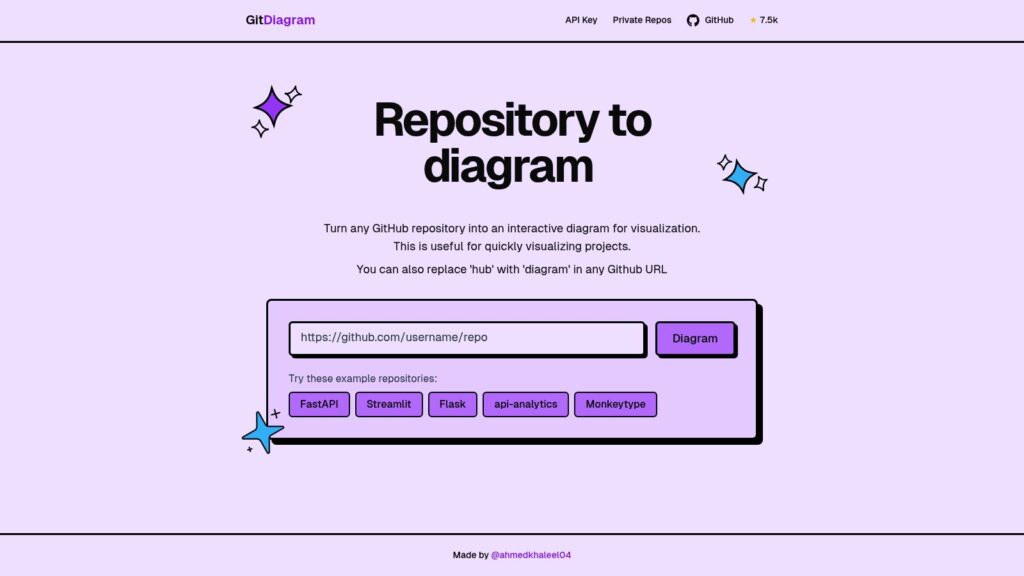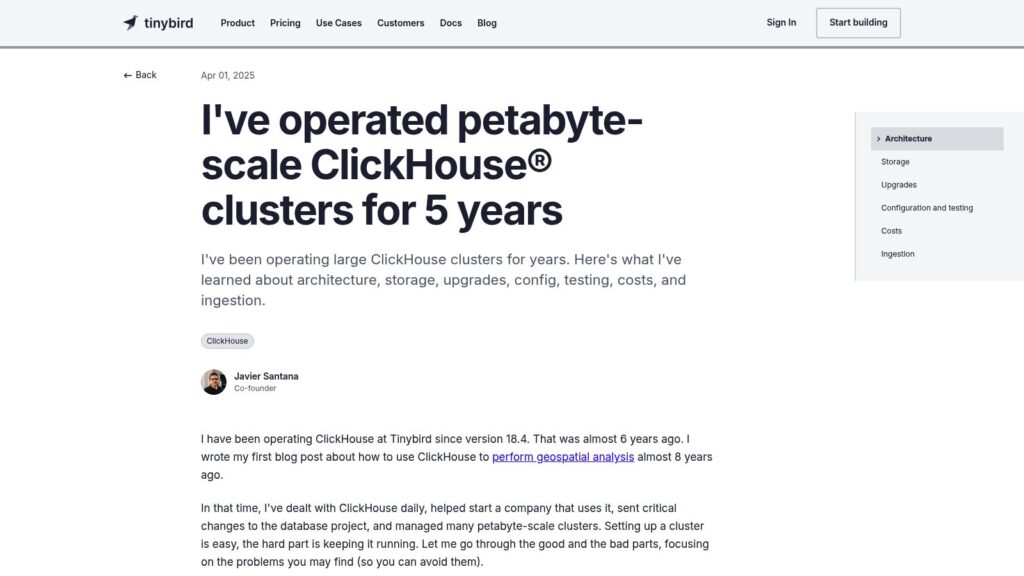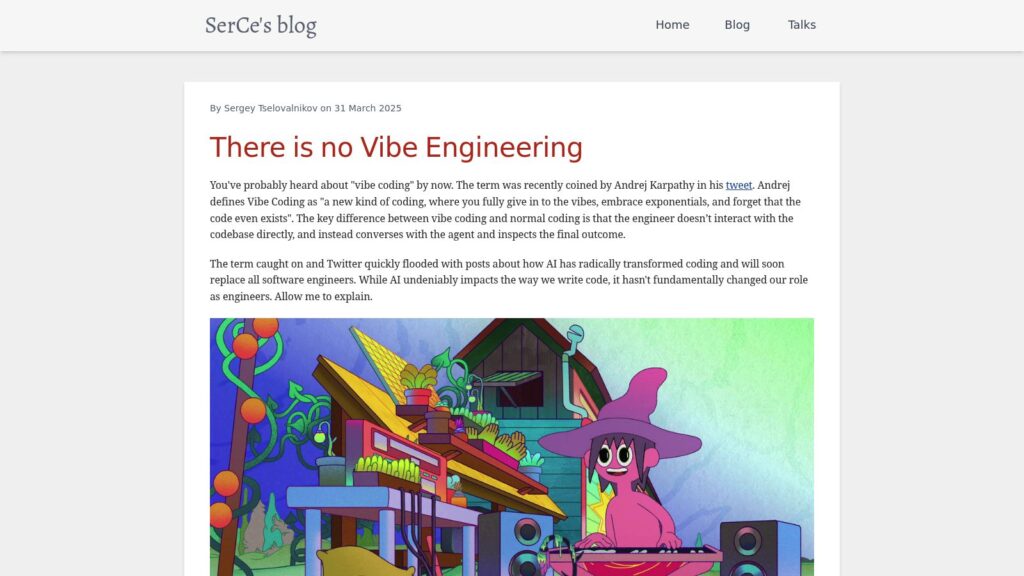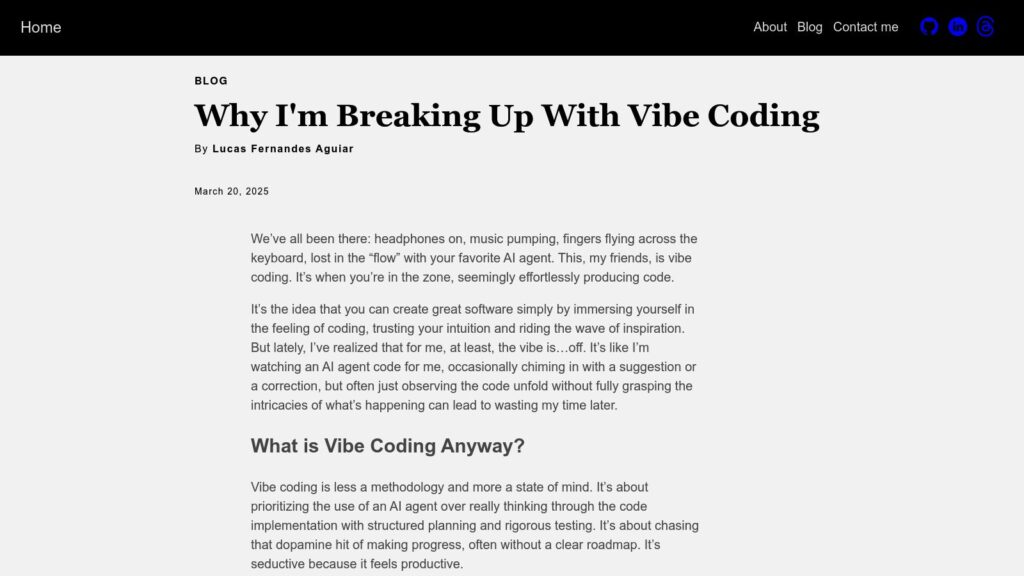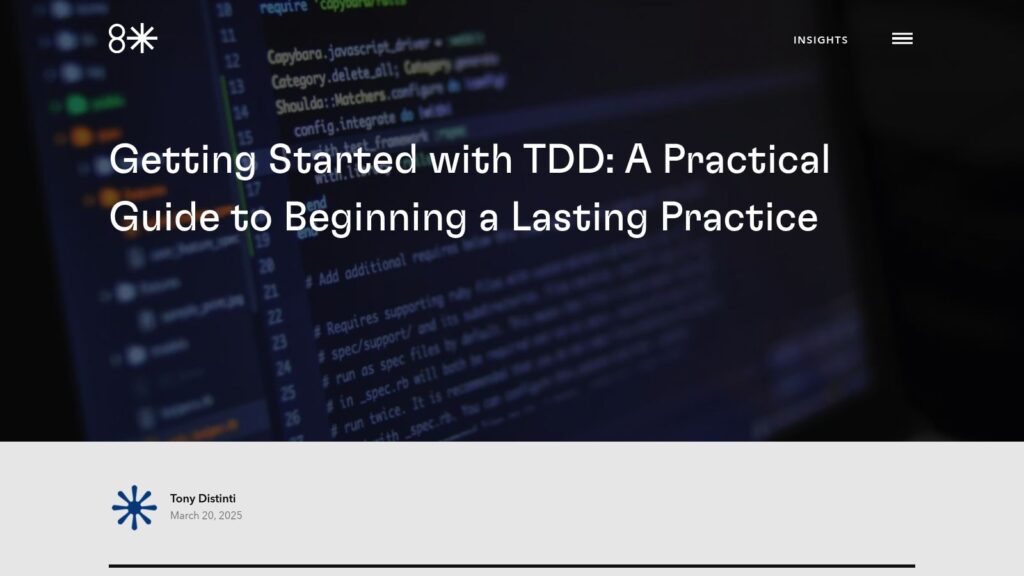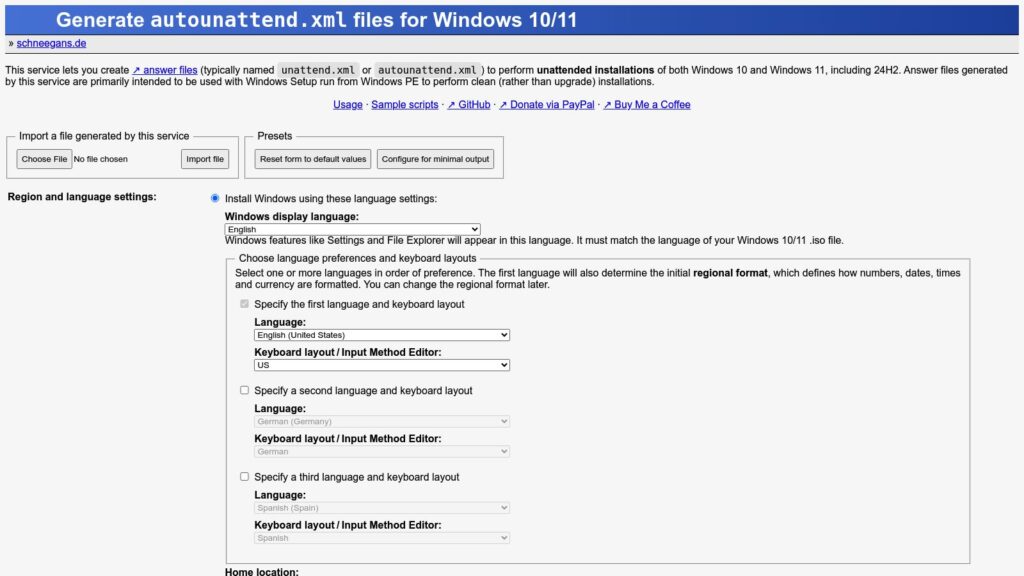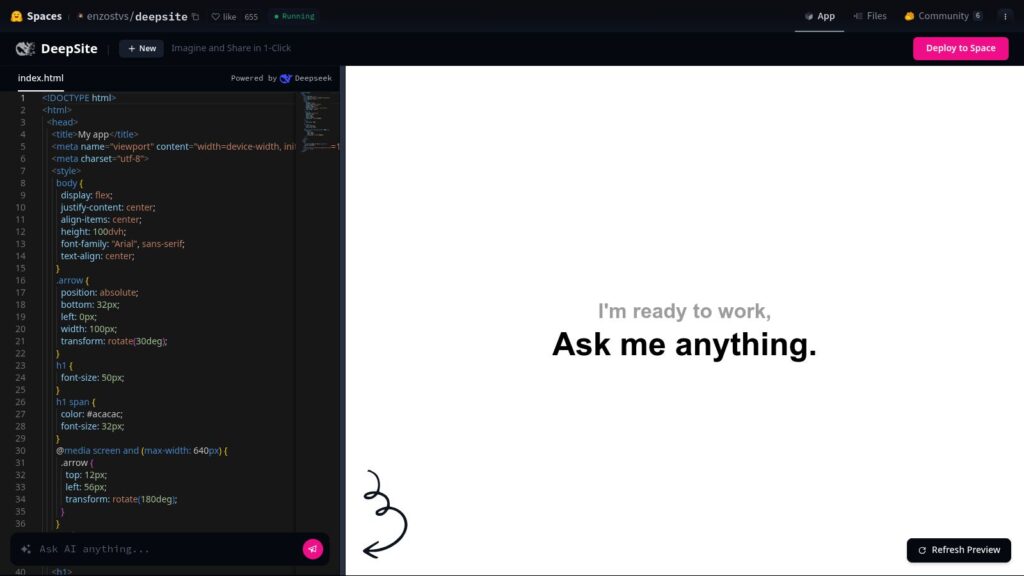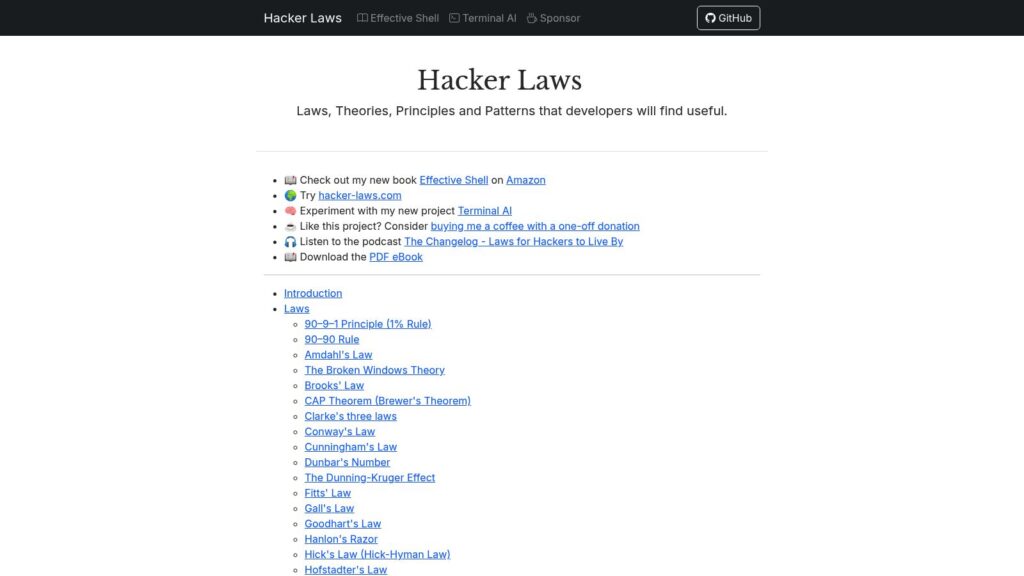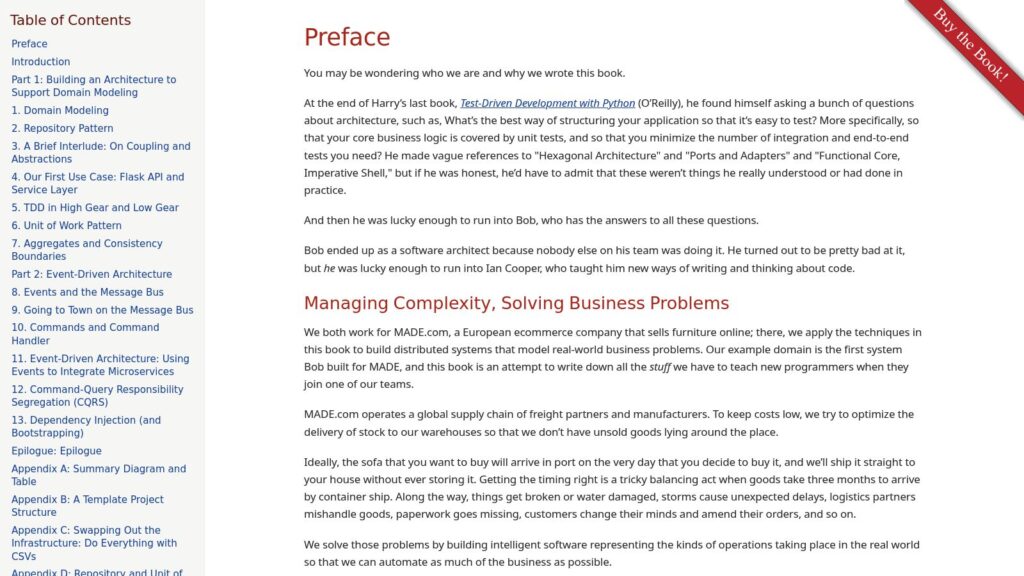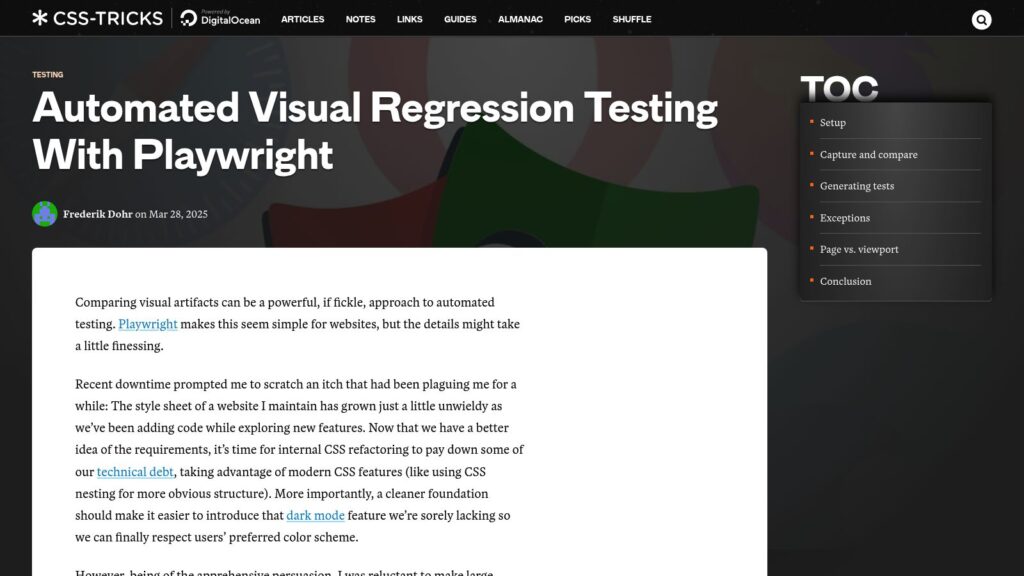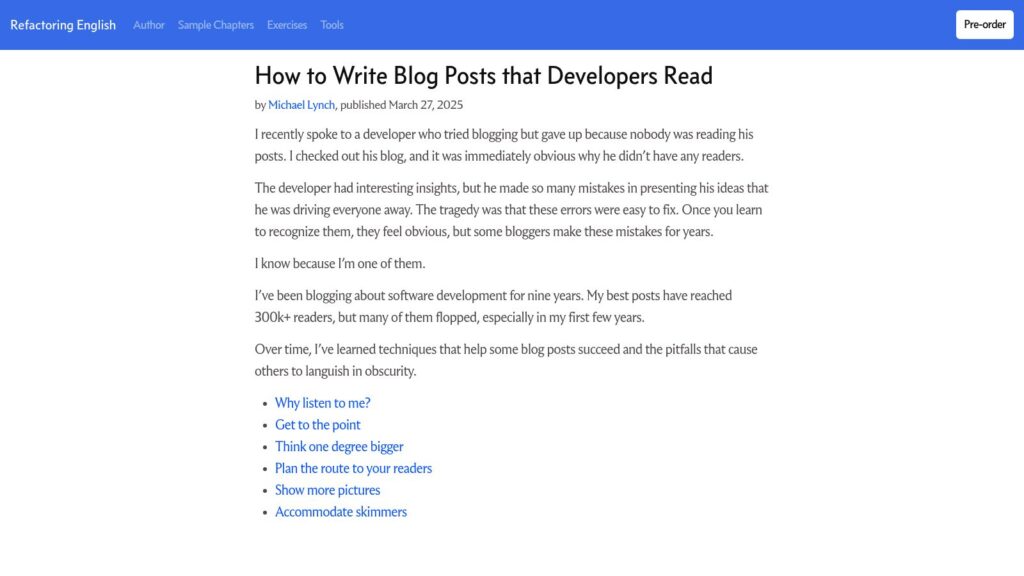Senior Developer Skills in the AI Age: Leveraging Experience for Better Results • Manuel Kießling
Senior Developer Skills in AI: Leverage experience for productivity. Embrace AI tools for coding; they can elevate results. Senior developers hold the advantage due to their expertise in project management and architecture, aiding effective AI use. Successful AI coding requires well-structured requirements, tool-based guard rails, and file-based keyframing. Real-world examples show AI can handle coding tasks efficiently, transforming project execution. Essential practices like documentation and quality checks ensure high standards. Human experience remains crucial for optimal AI implementation in software development.

